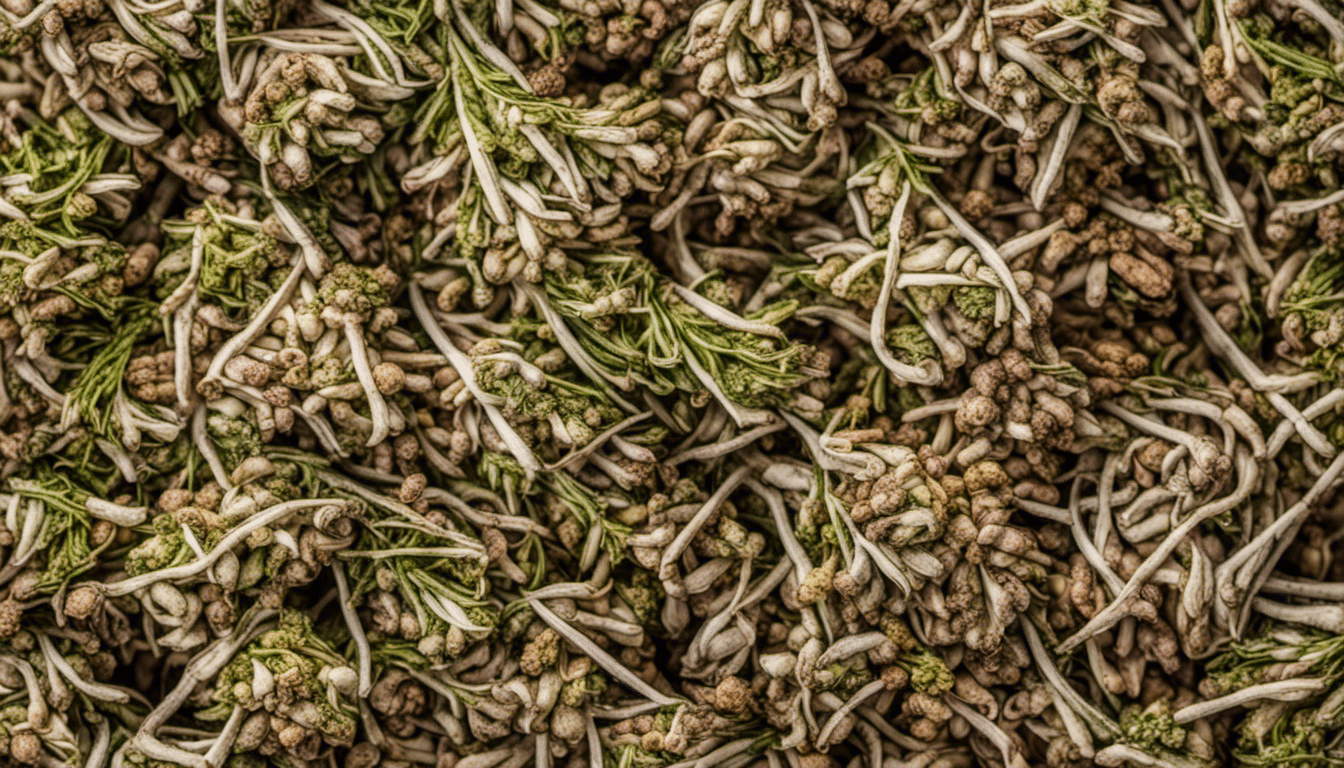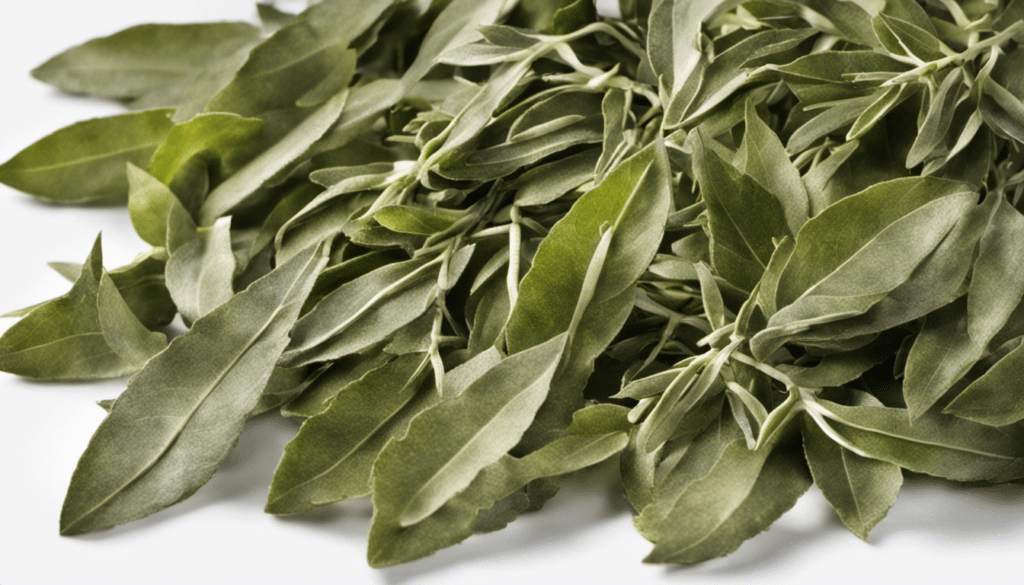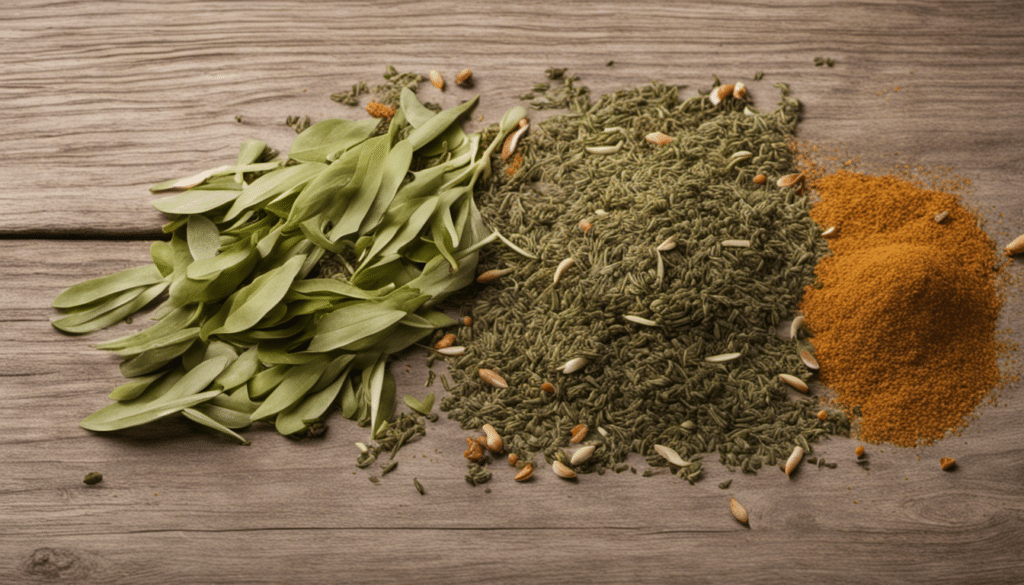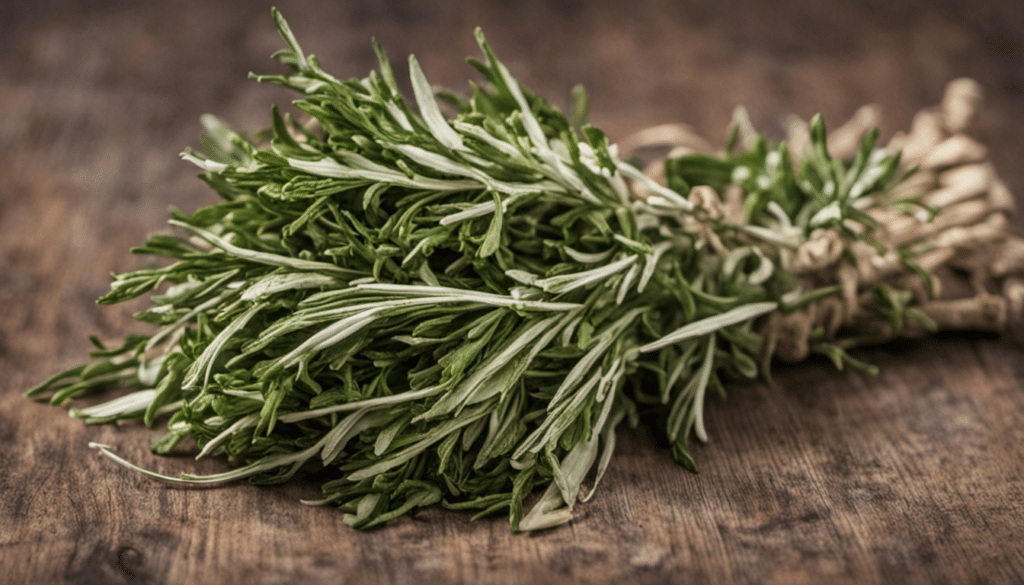Everything You Need to Know About Yarrow
The Origins of Yarrow
The botanically named Achillea millefolium, more commonly known as Yarrow, is a flowering plant originally native to the Northern Hemisphere. This versatile plant has been used for thousands of years for its surprising range of medicinal properties and hails from Europe, North America, and Asia.
Yarrow got its botanical name from the legendary Greek hero, Achilles, who was noted to have used the herb to treat his wounds and those of his troops during the Battle of Troy. It is also recognized by many other names such as Soldier’s Woundwort, Knight’s Milfoil, and Nosebleed Plant, each name indicative of its historic uses.
Health Benefits and Uses of Yarrow
Yarrow has a rich profile of chemical compounds that contributes to its broad wellness benefits. As a natural anti-inflammatory and antispasmodic, it is often used to alleviate muscle spasms and cramps, as well as reduce inflammation and pain.
This herb also exhibits antiseptic properties, making it an excellent aid for minor cuts and wounds, hence its historical use in wound healing. Yarrow tea, brewed from the plant’s flowers and leaves, is also a popular remedy for fever and common cold due to its potential to induce sweating and lower body temperature.
Moreover, yarrow’s astringent properties make it a beneficial skin care ingredient. It is often found in various skin care products, as it can help tone the skin and minimize pore size. However, as with all herbs and natural remedies, it’s crucial to understand that responses can vary between individuals, and it’s advisable to consult with a healthcare professional before incorporating it into your wellness routine.
From kitchen uses to its historical role as a wound treating herb in ancient wars, Yarrow truly provides a unique blend of folklore, culinary and remedial uses. Its persistent presence in gardens around the globe is a testament to its versatility and resilience, marking it as a plant that does much more than just beautify our surroundings.
Culinary Uses of Yarrow
Aside from its medicinal attributes, yarrow has also found its way into our kitchen. Its young leaves can be finely chopped and added to salads, soups, or stews, imparting a bittersweet flavor reminiscent of tarragon. The dried flowers of the yarrow plant can also be used to make a soothing herbal tea.
Remember, though, before incorporating any new herb into your diet or wellness routine, it’s wise to consult with a healthcare provider. Despite its long-standing history of use, yarrow, like all medicinal plants, may interact with certain medications and may not be suitable for everyone.
Yarrow Recipe Ideas
- Yarrow Tea: Made by infusing dried yarrow leaves and flowers in hot water.
- Yarrow Chicken Soup: A hearty chicken soup seasoned with fresh yarrow leaves.
- Yarrow and Lemon Balm Ice Cream: A unique ice cream flavor using fresh yarrow and lemon balm.
- Yarrow Salad: A mixed green salad featuring fresh yarrow.
- Yarrow Infused Honey: Honey infused with yarrow flowers for a unique sweetness.
- Roasted Potatoes with Yarrow Butter: Potatoes roasted to perfection and topped with a yarrow-infused butter.
- Yarrow and Mint Mojito: A refreshing cocktail featuring fresh yarrow and mint.
- Yarrow pesto: Traditional pesto with a twist using fresh yarrow leaves instead of basil.
- Yarrow and Tomato Tart: A savory tart using fresh tomatoes and yarrow.
- Yarrow and Garlic Roasted Chicken: Roasting a whole chicken with yarrow and garlic for a fragrant feast.




